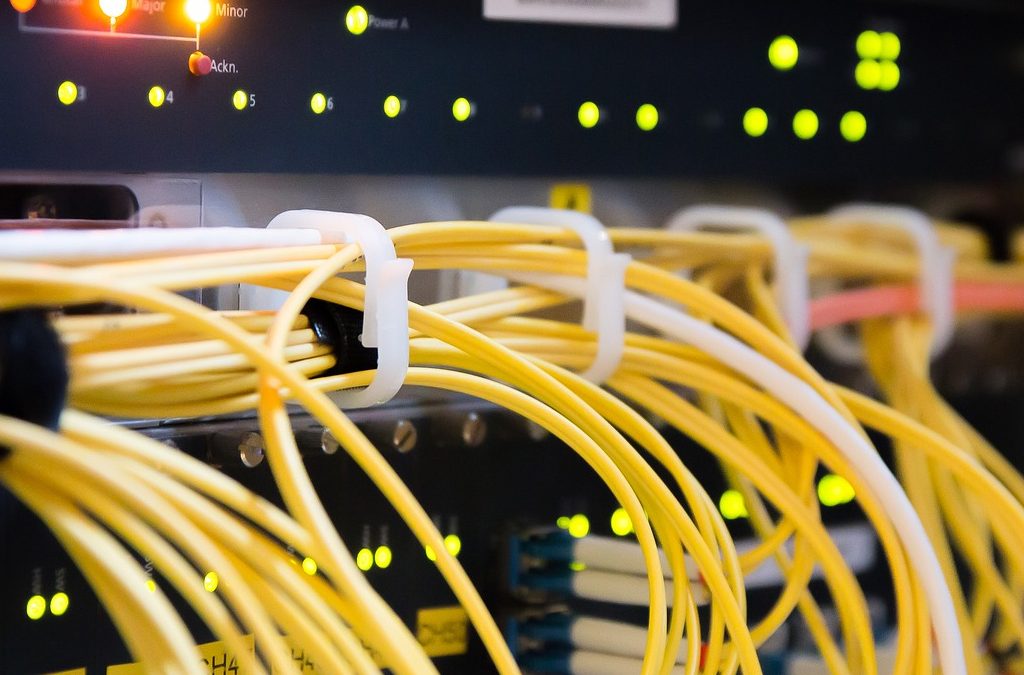When it comes to structured cabling services, there are many different types of cables to know about. Tampa customers, whether residential or commercial, need the right network setup for the best performance. This guide can help you learn the differences between copper, fiber optic, and coaxial cables so you can make an informed decision regarding your cabling network structure.
Copper Cables
Category cables include unshielded twisted pairs (UTP) and come in different levels of performance. The performance varies in terms of crosstalk, signal bandwidth, and attenuation. There are categories one through four, but most often, the ones in use are category 5 and higher.
- Cat5: A traditional cable, with a data range of up to 100 Mbps.
- Cat5e: Enhanced crosstalk abilities, but the same bandwidth as Cat5, with a data range of up to 1 Gbps.
- Cat6: A standard cable for Gigabit Ethernet, this cable’s data range goes up to 10 Gbps. This cable is essential for digital video applications. Cat6 is the most popular choice for both residential and commercial use.
- Cat6a: Augmented to offer more bandwidth (500 Mhz as opposed to 250) than a traditional Cat6, this also provides a data range of up to 10 Gbps.
Professional structured cabling services in Tampa can make sure that you get the right cable setup for your needs since every client has different specifications.
Fiber Optic Cables
Copper cables and other traditional types are metal wires in an insulated covering that transmit electric signals. Fiber optics, on the other hand, transmit data using glass and light. Although they are made of glass, they can be bent and are particularly useful for WAN (Wide Area Networks) that require long distances. They can handle large amounts of traffic and high communication volumes.
Fiber optic cables come in single-mode and multimode. Single-mode is better for higher bandwidths, while multimode is a more cost-efficient choice for companies in Tampa looking to save money.
Coaxial Cables
Frequently referred to as ‘coax’ cables, coaxial cables are preferred by some because of their ability to block any interference. Interference can come from many outside sources, such as computers, lighting, engines, and other nearby mechanical and electrical elements. Interference can cause an issue with data transmission as well as loss of signal. Most structured cabling services use copper and fiber optics, but some customers prefer coaxial because of their low error rates and interference blocking.
Choose the Structured Cabling Services of High-Definition Audio/Video in Tampa
For professional structured cabling services in the Tampa area, trust the experts at High-Definition Audio/Visual. We help clients by designing and installing efficient network setups for productivity and computing success. To schedule an appointment, call us today at (727) 736-4328 or contact us online.


